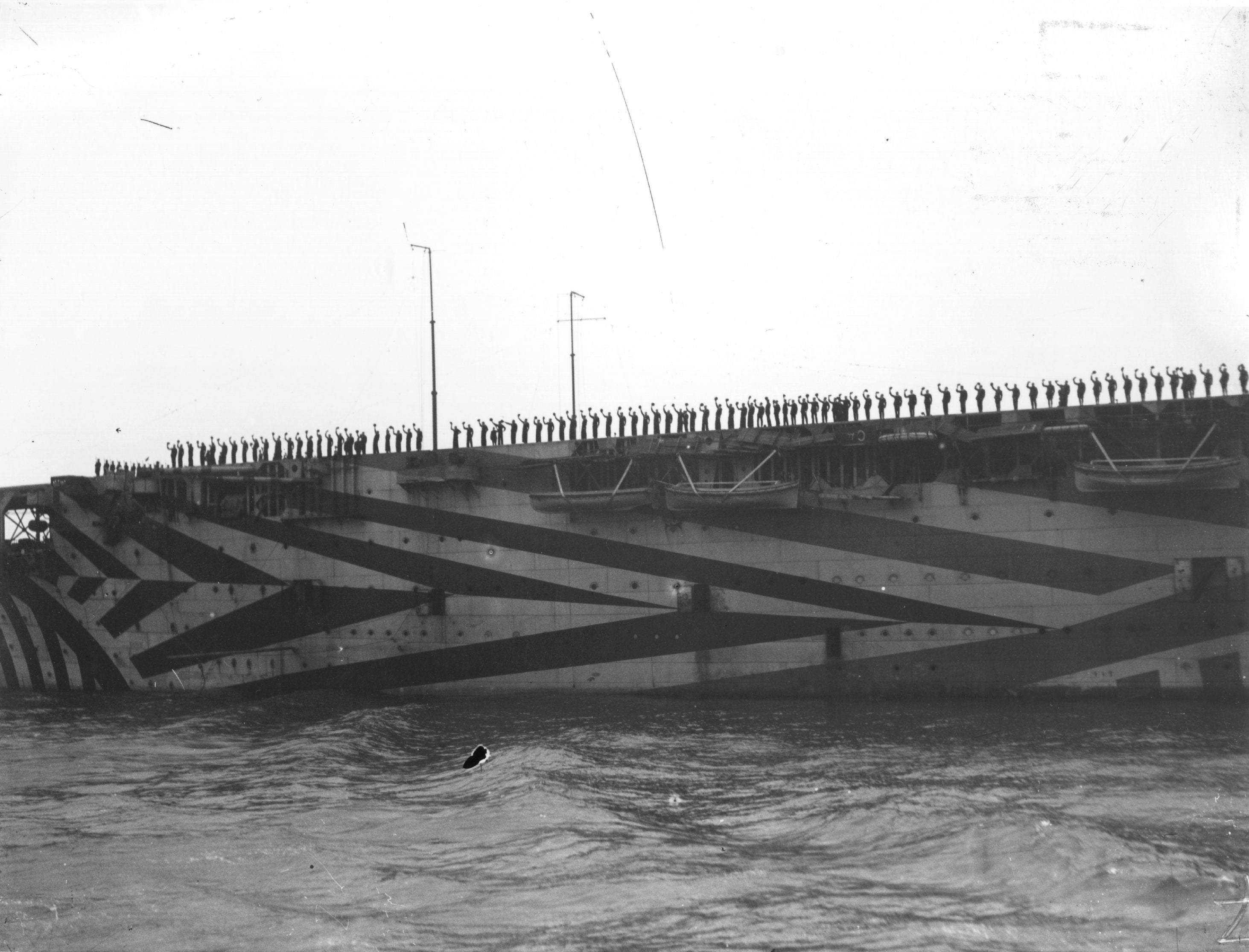The effectiveness of the iconic dazzle camouflage used on British Royal Navy ships during the First World War could be “substantially overestimated”, according to a new study.
Instead, the research, published in the journal i-Perception, finds that another type of illusion called the “horizon effect" was more influential in confusing enemies at sea during the Great War.
During the First World War, American and British ships were widely painted with unique zig-zag and checkered geometric shapes and stripes in shades of grey, black, or white to confuse German U-boat captains as to the vessels’ speed and direction of travel.
A 1919 study by MIT naval architecture student Leo Blodgett suggested that dazzle camouflage worked, but now the new research casts doubt on the earlier findings.
The latest study finds that a separate “horizon effect” played a much bigger role in saving ships from German U-boats.
The horizon effect is when a person looks at a ship in the distance and it appears to be travelling along the horizon, regardless of its actual direction of travel.
For instance, ships travelling at an angle of up to 25 degrees relative to the horizon may appear as travelling directly along it.
In the new study, scientists from Aston University ran their own version of Blodgett’s experiment.

The new findings claim that the original study “substantially overestimated the effectiveness of dazzle camouflage”.
Scientists found that while the dazzle effect may have played some role in distorting perceptions of a ship’s movement, they also discovered similar effects with ships painted in standard, single-colour palettes.
They say U-boat gunners looking out through their periscopes likely fell for the horizon effect which made ships appear as if they were travelling along the horizon.
This illusion, researchers say, may have occurred whether the ships were painted with camouflage or not.
“These reappraised findings resolve an apparent conflict with the second quantitative experiment on dazzle ships conducted over a century later using computer displays online,” scientists wrote.
However, dazzle painting may not have been completely ineffective, researchers say, calling for further systematic studies to probe its effects.
“Other potential benefits of dazzle, including perceptual variance, await systematic investigation,” they write.
“The remarkable finding here is that these same two effects, in similar proportions, are clearly evident in participants familiar with the art of camouflage deception, including a lieutenant in a European navy,” said Tim Meese, a co-author of the new study.
William to meet British troops defending Estonia against the threat of Russia
South Carolina's public health chief wants to look ahead. Critics want to blame him over COVID
Russia and Ukraine swap hundreds of prisoners in one of the war's largest exchanges
NASA's stuck astronauts are finally on their way back to Earth after 9 months in space
Gut health study of world’s oldest person reveals longevity secrets







